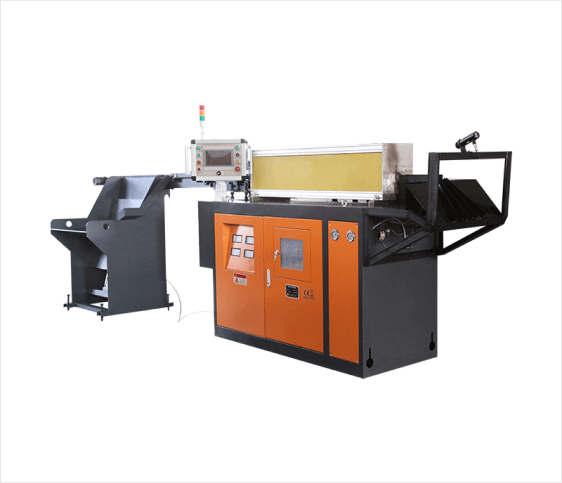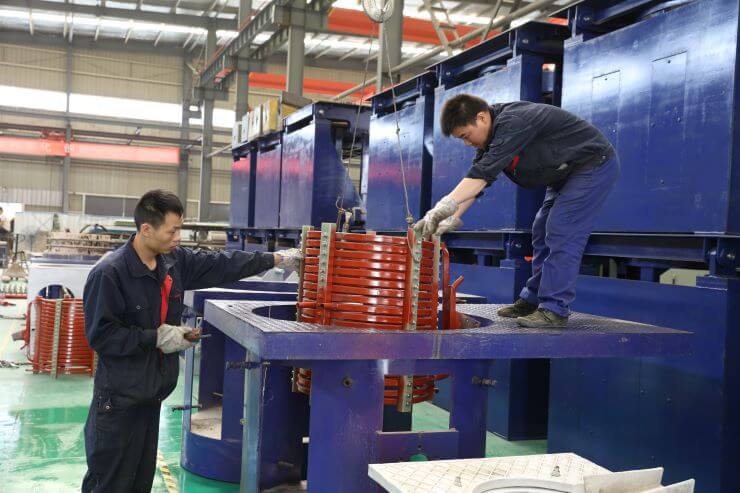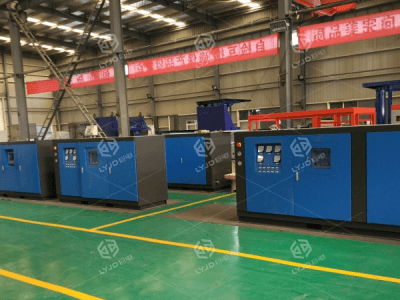Induction furnaces are vital for efficient, precise, and eco-friendly metal melting in industries like jewelry, foundries, and recycling. Luoyang Judian offers two primary furnace types—aluminum frame and steel frame—each optimized for specific metals and production scales. This guide details the best furnace types for casting gold, silver, copper, and steel, helping global manufacturers choose the right solution for their needs.
Aluminum Frame vs. Steel Frame Induction Furnaces
Aluminum Frame Furnace
- Design: Lightweight aluminum shell, compact, and cost-effective.
- Features: Fast heating, energy-efficient, ideal for small to medium-scale melting.
- Best For: Low-volume, non-ferrous metals with lower melting points.
- Design: Robust steel shell for durability and high-temperature stability.
- Features: High capacity, excellent thermal insulation, suited for large-scale operations.
- Best For: High-volume or high-melting-point metals.
Optimal Furnace Types for Key Metals
1. Gold
- Best Furnace: Aluminum Frame Induction Furnace
- Why Suitable: Gold (melting point ~1064°C) is typically cast in small quantities for jewelry or precious metal recovery. Aluminum frame furnaces offer rapid heating and high efficiency, minimizing energy costs and oxidation for high-purity results.
- Applications: Jewelry casting, gold recycling, and small-scale refining.
- Advantages: Fast melting cycles, low burn loss, and cost-effective for small batches.
2. Silver
- Best Furnace: Aluminum Frame Induction Furnace
- Why Suitable: Silver (melting point ~962°C) also requires small-batch melting for jewelry and industrial applications. Aluminum frame furnaces provide quick, energy-efficient melting, ensuring consistent quality with minimal material loss.
- Applications: Silver jewelry, electrical components, and decorative items.
- Advantages: High efficiency, precise temperature control, and eco-friendly operation.
3. Copper
- Best Furnace: Aluminum Frame (Small-Scale) or Steel Frame (Large-Scale)
- Why Suitable: Copper (melting point ~1085°C) is versatile. For small-scale melting (e.g., electrical wiring or small components), aluminum frame furnaces offer efficiency and speed. For large-scale production (e.g., pipes or cables), steel frame furnaces provide superior thermal insulation and capacity.
- Applications: Electrical components, plumbing, and copper alloy production.
- Advantages: Flexible for varying batch sizes, energy-saving induction heating.
4. Steel
- Best Furnace: Aluminum Frame (Small-Scale) or Steel Frame (Large-Scale)
- Why Suitable: Steel (melting point ~1370-1500°C) requires robust furnaces for large volumes. Aluminum frame furnaces suit small batches for quick, efficient melting, while steel frame furnaces excel in high-capacity operations, ensuring durability and uniform heating.
- Applications: Structural steel, automotive parts, and industrial components.
- Advantages: High throughput, precise control, and long-lasting performance.
Choosing the Right Furnace
- Small-Scale Production: Aluminum frame furnaces are ideal for low-volume melting of gold, silver, copper, or small steel batches, offering fast cycles and energy savings.
- Large-Scale Production: Steel frame furnaces are best for high-volume steel or copper melting, with robust construction for continuous, heavy-duty operations.
- Key Considerations: Melting capacity, metal type, energy efficiency, and budget.
Why Luoyang Judian?
- Tailored Solutions: Customized furnaces for specific metals and production needs.
- Energy Efficiency: Up to 30% energy savings compared to traditional furnaces.
- Eco-Friendly: Combustion-free melting reduces emissions, meeting global standards.
- Global Reach: CE/ISO-certified systems with support across Asia, Europe, and beyond.
Take Action
Elevate your metal casting with Luoyang Judian’s advanced induction furnaces. Contact us today to find the perfect furnace for your gold, silver, copper, or steel projects. Visit our website for more smelting solutions.

























